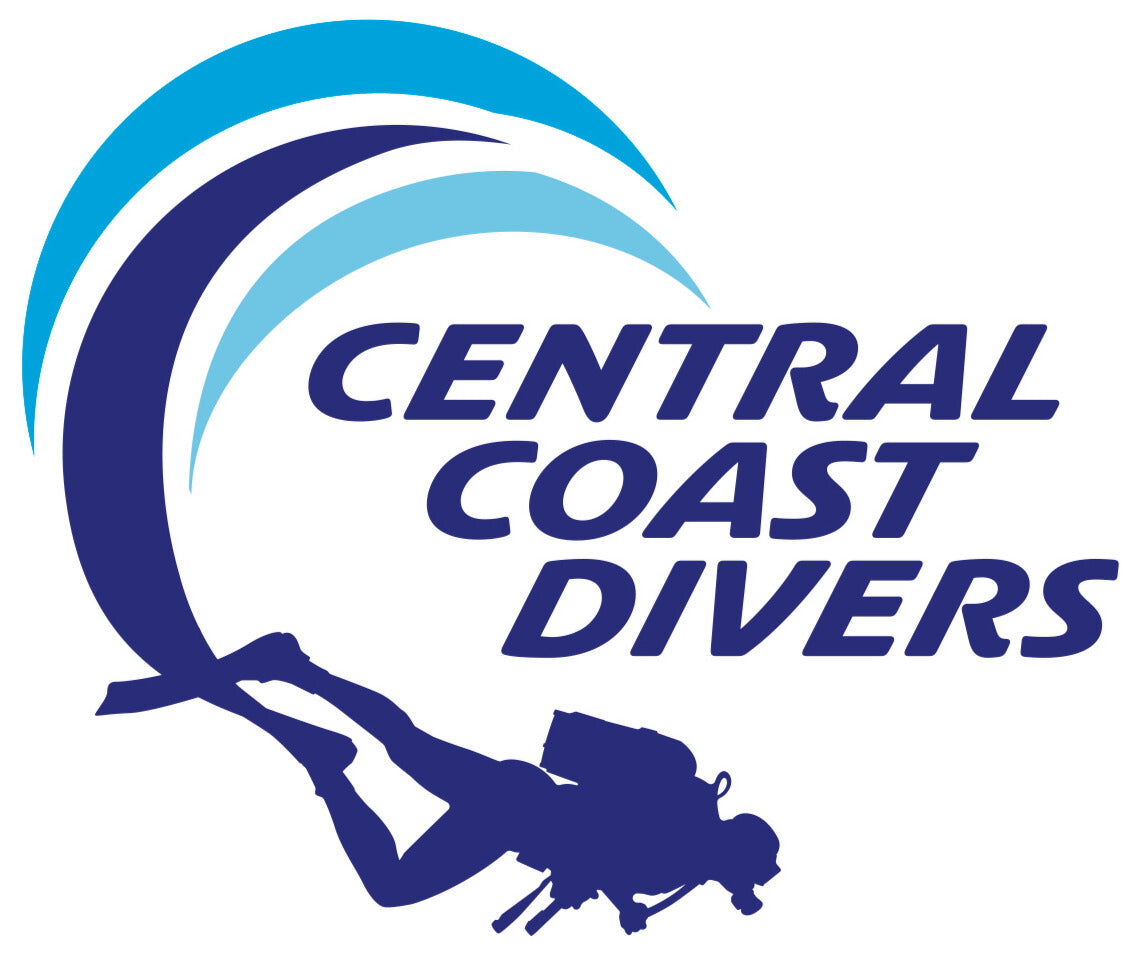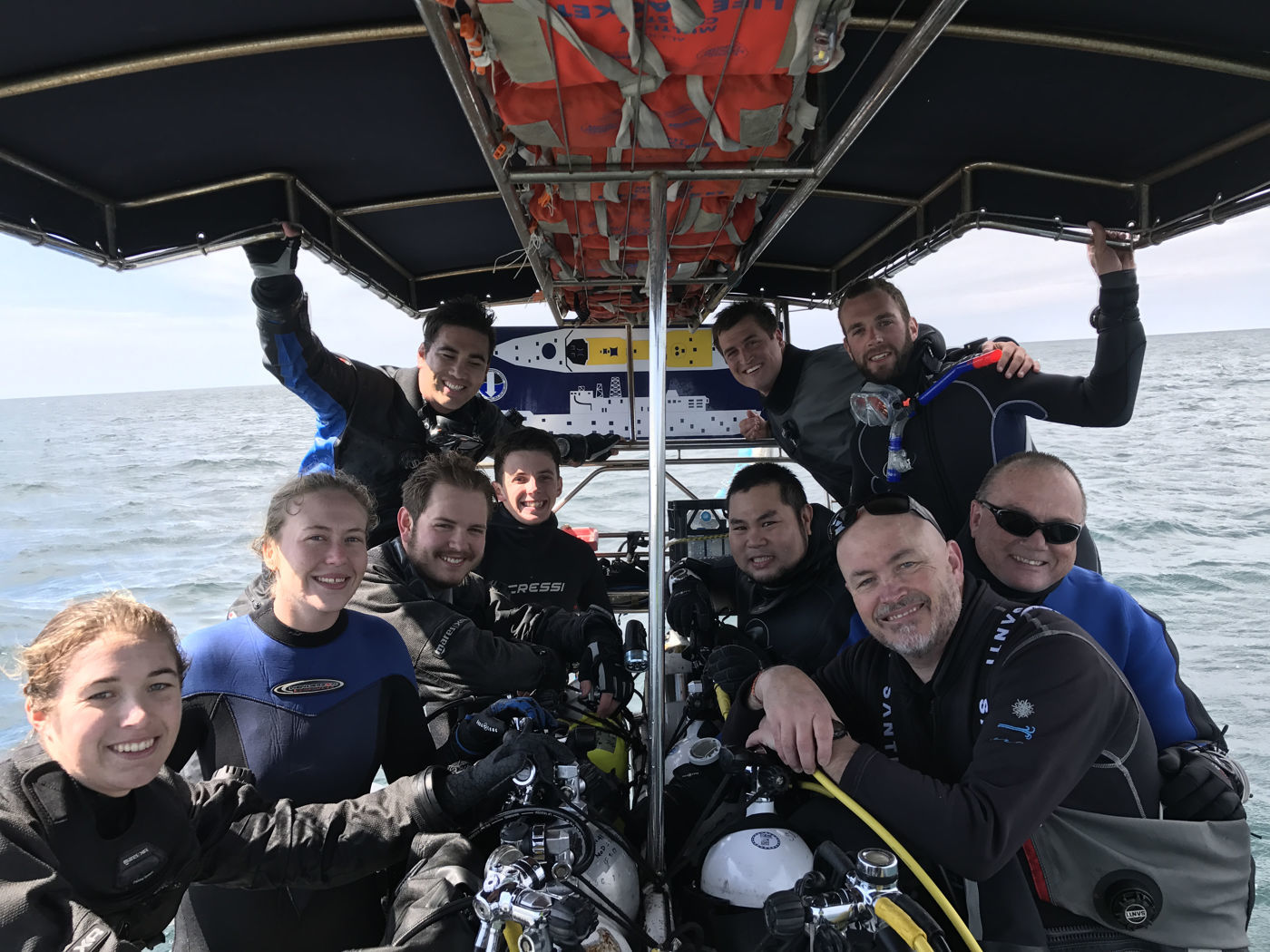Sort by:
7 products
7 products
The Final Voyage
Witness the remarkable decade-long journey that transformed a decommissioned Australian Navy vessel into an extraordinary underwater landmark.
This compelling documentary captures the full narrative behind securing the ex-HMAS Adelaide—from her active service at sea to her deliberate placement on the ocean floor as a purpose-built dive destination.
Follow the compelling cast of characters, pivotal moments, and untold stories that shaped this ambitious conservation project.
Discover the complex interplay of advocates and skeptics whose determination ultimately created something unprecedented:
NSW's only accessible naval wreck dive site.
Experience the human resolve, strategic vision, and environmental stewardship that culminated in transforming military heritage into a thriving submerged sanctuary for divers and marine life alike.
A testament to vision, persistence, and the enduring legacy of Australia's maritime history.
On 14 April 1888 on a voyage, from Newcastle to Sydney, the 350 ton barquentine "Speedwell" in ballast at the time, was wrecked upon a flat rock between Bird Island and Norah Head- one of the many victims of the notorious “Bully Nugget Reef” commonly called Bull Reef.
The Speedwell came under the shelter of Norah Head during a storm on the 14th of April 1884 and struck the Bull reef, mortally wounding the ship.
She soon took on water and sank very quickly, fortunately, being so close to shore the crew of ten, all escaped.
Captain Sampson believed that the sailing ship was caught by a strong whirlpool effect, which swept the hull broadside onto the rocky reef, scattering the wreckage over a wide area, in fairly shallow water.
Very little remains of this once fine ship with only a large anchor and ships plating laying in shallow water, on the north western edge of the reef.
This dive site is a boat dive from Norah Head and requires a minimum of six divers to run.
Depth ranges 8 to 14 metres
The SS Paterson was another member of the small coastal freighters that plied their trade along the NSW coastline, between Newcastle and Sydney.
On the 11th of June 1951, the SS Paterson set sail from Cabbage Tree Bay, sprung a leak and sank rather dramatically and promptly in only 10 metres of water, not 300 metres away from the wharf.
Built in Sydney in 1920 and being a wooden steamer, she soon began to disintegrate after her demise, her 148-foot length has all but disappeared.
Boat dives from Norah Head ramp, require a minimum of six divers to run.
Level Up Your Diving: XR Deep Training at Central Coast Divers
Push your limits. Build real capability. Explore wrecks few divers will ever see.
If you're ready to take your diving beyond recreational limits, the Extended Range (XR) Deep program is your gateway to the deeper, more demanding sites that define true advanced exploration. And there’s no better training ground than our own 1917 coastal collier wreck, resting silently at 43–46 metres just three nautical miles off Norah Head Lighthouse.
This century-old wreck—alive with schooling fish, Wobbegongs, and a thriving artificial reef system—is more than a dive. It’s a proving ground.
Why Train XR Deep With Us?
✔ Real Technical Conditions, Real Mastery
The collier site offers genuine technical-level challenges:
-
Depths between 43–46 metres
-
Cold water and changing thermoclines
-
Potential currents and reduced bottom times
-
Entanglement hazards from fishing lines and nets
-
Navigation and descent accuracy critical to hitting the target
This is not simulated training—this is the real thing.
✔ Elite-Level Instructor Team
Train under highly experienced XR and Technical instructors who specialise in:
-
Gas planning for deep decompression dives
-
Twinset and stage-cylinder configuration
-
Redundancy and emergency protocols
-
Team diving, communication & precision deep descent skills
-
Advanced buoyancy and trim refinement
You’ll develop the confidence, composure, and discipline needed to perform flawlessly under pressure.
Step Into the World of Deep Wreck Exploration
The 1917 collier is only accessible to Deep 45/50 and Technical divers.
Completing your XR Deep training unlocks a whole new catalogue of deeper wrecks and offshore sites along the NSW coastline—sites most divers will never experience.
What You Will Learn
-
Gas planning for extended bottom times
-
Accelerated decompression procedures
-
Safe use of Nitrox and Trimix blends
-
Redundant equipment configuration
-
Deep-water problem solving & task loading
-
Emergency ascent strategies
-
Precision buoyancy, trim & propulsion in confined overhead-like environments
This is where disciplined training meets exploration-grade adventure.
The XR Deep Collier Experience
Your course culminates in deep training dives on the historic 1917 collier wreck, a dive that rewards skilled preparation:
-
Spectacular marine life
-
Atmospheric deepwreck visuals
-
True technical diving challenges
-
The sense of accomplishment only deep, disciplined diving provides
Boat dives depart Norah Head ramp and require a minimum of six divers due to offshore distance and technical logistics.
Ready to Go Deep?
Spaces are limited, and XR training is offered only to divers who meet the prerequisites and demonstrate readiness.
👉 Apply Now for the XR Deep Program
Unlock the experience, mastery, and confidence that only technical training can offer.
The SS Kiama a 446-ton, collier may not have been the prettiest of colliers but, as a workhorse plying her trade almost by clockwork along the coast, on its regular journey between Newcastle and Sydney, she was very profitable and reliable for her owners.
The fate of the SS Kiama was sealed in 1951 when she was caught in a storm off the Entrance Bommie, the ships crew tried desperately to save the vessel to no avail.
The tragedy of the Kiama was a blow to several families of the coast as the crew were all well known locals.
To the crew, after the Kiama capsized, having to float off the coast so close to shore but yet so far, must have been extremely difficult to endure.
The Kiama lays in 45 metres of water. The most prominent feature is the engine laying off to the port side and the large boiler.
This is a dive for experienced deep divers and some artefacts can still be found.
Boat dives from Terrigal boat ramp, require a minimum of six divers to run.
The "Galava" built in 1906 in Workington, United Kingdom, was a steel screw steamer of 413 tons, 43m in length and powered by a compound engine. This small "60 Miler" collier plied its trade between Sydney and Catherine Hill Bay, on a fairly regular schedule.
On the 9th of February 1927, the vessel left Catherine Hill Bay wharf heading south, when the crew noticed water leaking into the forward holds.
The water came in so quickly, the crew didn't even have time to really save the vessel.
The sinking of the Galava was a tragic incident0- Seven of the twelve crew members lost their lives, only three nautical miles offshore of Terrigal.
Depth is 50+ metres and suitable for experienced divers only.
Boat dives from Terrigal ramp, requires a minimum of six divers to run.
Important Update: ex-HMAS Adelaide Dive Site Closure
For years, Central Coast Divers has proudly operated two double dives every day, welcoming divers from all over Australia as well as international visitors eager to experience one of the country’s most iconic artificial reefs—the ex-HMAS Adelaide.
Unfortunately, despite its proven history as a safe and professionally managed dive site, the department responsible for the wreck abruptly closed the site in July 2024 and will remain closed until further notice!
The justification provided, is that divers may cut themselves on jagged edges—an explanation that overlooks decades of safe diving operations, industry protocols, and the real conditions of underwater environments.
Whilst no diver wants to get hurt, this decision reflects a concerning lack of understanding about managing and evaluating underwater dive sites, and it has resulted in total inactivity for a wreck, that has been a cornerstone of the Central Coast dive economy since 2011.
At this time, no timeline has been provided for when—or if—the ex-HMAS Adelaide will reopen.
This closure impacts not only local operators and visiting divers, but also the broader tourism economy and the reputation of NSW as a world-class diving destination.
Central Coast Divers will continue to update our community as information becomes available. In the meantime, we are directing divers to alternative deep-wreck experiences and XR training opportunities along our coastline to keep advanced divers active, safe, and engaged.
Central Coast run two groups of divers each day weather permitting.
Boat returns to shore, between dives.
Group 1 - 08:00 am and 11:00 am
Group 2 - 09:30 am and 12:30 pm
The ex-HMAS Adelaide is one of the many dive sites we offer! You can join the dive crew as they head out on a morning boat dive to any one, of the many scheduled dive sites, on offer.
- Boat dives depart from Terrigal Haven boat ramp, next to the Fish cleaning table
- Rental equipment is not included.
- Please arrange 24 hours prior to departure
- Book online 24/7
- Bookings are essential.
NOTE: You must be Advanced and or Deep Certified to dive the ex-HMAS Adelaide.
NOTE: Before booking any dives with us, please read our Terms and Conditions including Cancellation Policy.
See below for any additional gear that you may require.
Please note that you must be Nitrox certified in order to hire our Nitrox cylinders.









